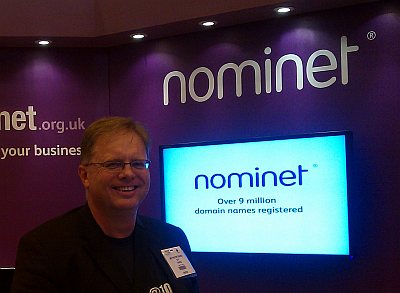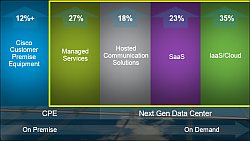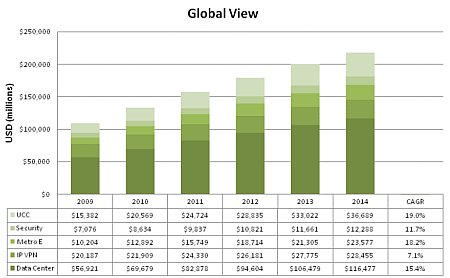12 years or so ago the company I was working for decided to “get into VoIP” and I was sent to a Pulver.com executive retreat in Cannes in the South of France. Very nice it was. We spent 3 days at ETSI talking about VoIP related issues. I say “talking”. I spent all my time writing down new acronyms for looking up when I got back to the office.
If you don’t understand the lingo it all seems like a black art. Once the learning curve had been climbed the door opened to the wonderfully rich world that is the communications business.
It strikes me that we are going through another phase where people will need to swot up on their acronyms. The Cloud is trendy but what is it? You can’t touch it – or can you? Whatever “it” is every man and his dog seems to feel the need to jump on the bandwagon.
At its most basic the cloud is just a computer accessed remotely via an IP connection. At its most complex it is something that is in a constant state of evolution. The process of understanding this cloud is very much one of pioneering – creating the acronyms rather than learning existing ones.
I am lucky enough to have a platform with this blog that allows experimentation and will be using this opportunity to facilitate a conversation that will take us on a journey through the cloud. The buzzword isn’t going to last for ever. Let’s try and understand it before we have all moved on 🙂
Next week I’ll be looking at the basics. Public cloud versus private cloud and cloud solutions for a rainy day (might not actually talk about the latter – it just sounded good).
PS in case you were worried that we spent all our time working at the Cannes meeting I am happy to confirm that not much sleep was had. The casinos of the Cote d’Azur stay open very late.



























